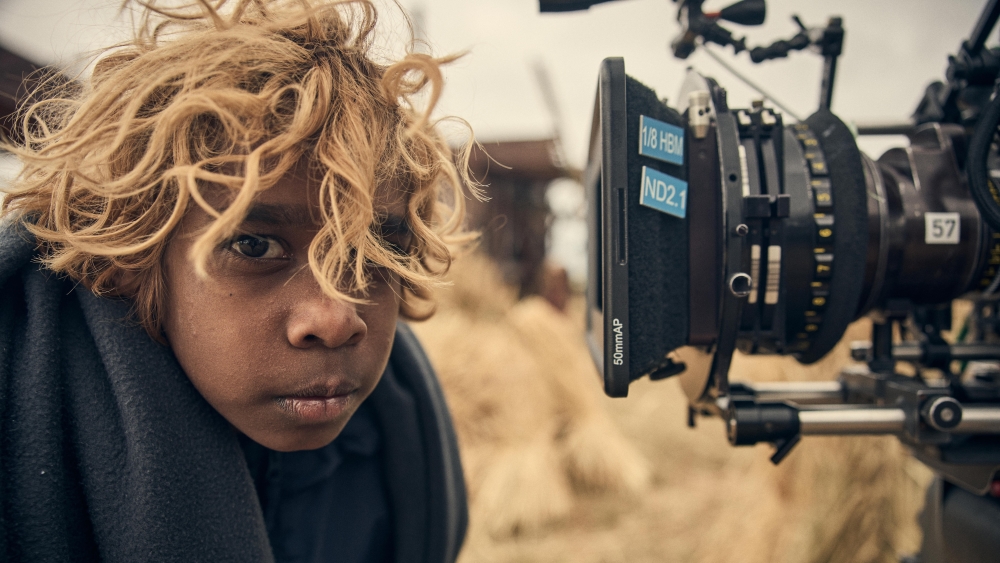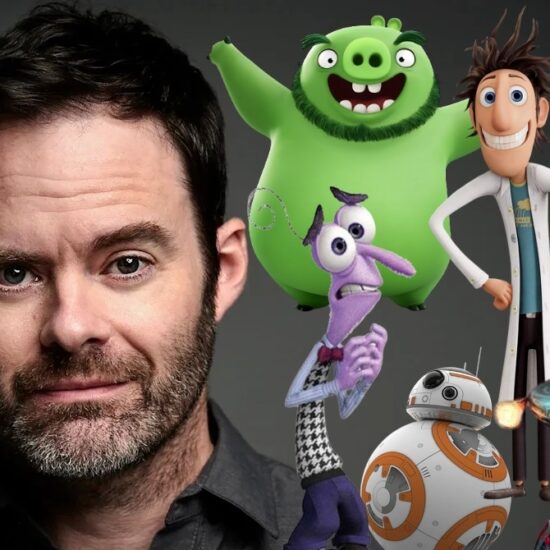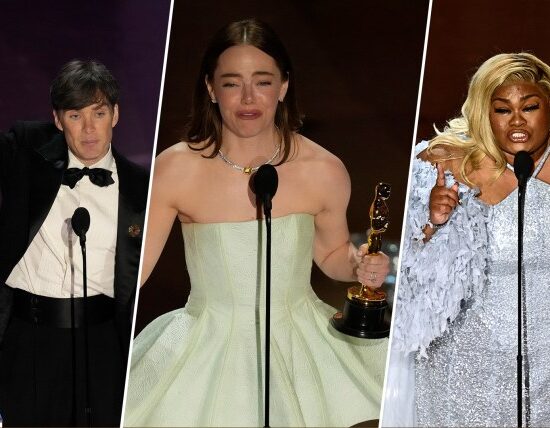
A new study published Friday by Screen Australia shows that the country’s on-screen television diversity has increased significantly in the past six years, but there remains more to be done.
“Seeing Ourselves 2: Diversity, Equity and Inclusion in Australian TV Drama” examined the diversity of the main characters in 361 scripted Australian TV and online dramas broadcast between 2016 and 2021. It compared that data with the Australian population and a previous report “Seeing Ourselves” published in 2016.
The new report shows that there is higher representation for First Nations people (7.2% of characters, compared with 4.8% in 2016), disabled people (6.6% from 3.6%), LGBTQI+ people (7.4% from 4.5%), and non-European people (16% from 6.9%).
“However, a number of Australia’s communities remain under-represented on-screen compared to population benchmarks and in particular disability representation remains critically low,” the report said.
The report looked at First Nations people, cultural background of non-First Nations people, disability, gender identity and sexual orientation, age and occupational status, and diversity in children’s drama.
“For Aboriginal and Torres Strait Islander people to see ourselves represented on screen in shows such as ‘Mystery Road, ‘Total Control’ and ‘Black Comedy’ is powerful,” said Angela Bates, head of Screen Australia’s First Nations department. “This result shows good progress and it’s not by accident – it represents years of advocacy and consistent hard work to ensure our practitioners feel supported and are afforded opportunities in an industry that hasn’t always been accessible. It’s proof of what’s possible when we are empowered to tell stories from our perspective.”
Although 53% of the Australian population have Anglo-Celtic (British or Irish) ancestry, they represented 71% of main characters in the study. This is down from 82% in 2016, suggesting the TV industry has made efforts to increase the cultural diversity in the main characters. The share of non-European main characters (for example, those with Indian, Chinese or Middle Eastern ancestry) has more than doubled from 6.9% to 16%. However, this is still lower than the population benchmark of 25%. “So, there should be more characters who are: Indian, Chinese, Filipino and Vietnamese,” the report says. “There should also be more characters from European backgrounds who are not Anglo-Celtic, for example, characters who are German, Dutch or Italian.”
The rate of disability representation among main characters has increased, but from a low base. Disability remains very under-represented in TV drama (6.6%, up from 3.6% in the previous study) compared to the Australian population (18%). The report found that nearly three quarters of programs did not feature any disabled main characters, an improvement from the 90% reported in 2016. “This indicates that more work needs to be done so that disabled people are included as main characters in our screen stories,” the report said.
The gender of main characters was evenly split between women and men, similar to the Australian population. There were 13 characters who were transgender (0.4% of main characters) and five who are non-binary (0.2%), but there was no nationwide population benchmark for trans and/or gender diverse people against which to compare.
Representation of LGBTQI+ characters increased to 7.4%, up from 4.5% in 2016. This is still lower than the estimated 11% of Australia’s population who identify as LGBTQI+. The report found that 69% of programs did not feature any LGBTIQ+ characters, a slight increase from 73% in 2016.
The study found that Australian TV dramas tend to feature younger adults, with 62% of main characters aged between 18-44 years. There is under-representation of main characters aged under 12 (2.2% compared to population benchmark of 15%) and only 7% aged 60 and over, much lower than 23% of the population in this age group. Main characters in TV drama are more likely to have higher occupational status than the Australian population, suggesting a bias towards socioeconomic advantage on screens.
Children’s programs were found to have a higher level of cultural diversity than general drama. This increased since 2016 in terms of First Nations representation (9.1%) and characters from non-European backgrounds (22%). However, levels of disability (3.8%) and LGBTIQ+ representation (3.1%) are much lower among children’s titles compared to general TV drama titles.
“The wheels of change are in motion but there is a lot more work to do to achieve diversity on our screens that is both authentic and creatively and commercially fulfilling,” said Screen Australia CEO, Graeme Mason.
“This report provides international context in Part 3 by comparing similar research with the US, UK, Canada and New Zealand. While our on-screen results compare favorably with some of our peers on several metrics – such as our strong First Nations and women’s on-screen representation – other jurisdictions are ahead of the game in terms of taking action and implementing whole of sector strategies. We can learn from these countries as we look at ways to pick up the pace of change in our local industry.”













